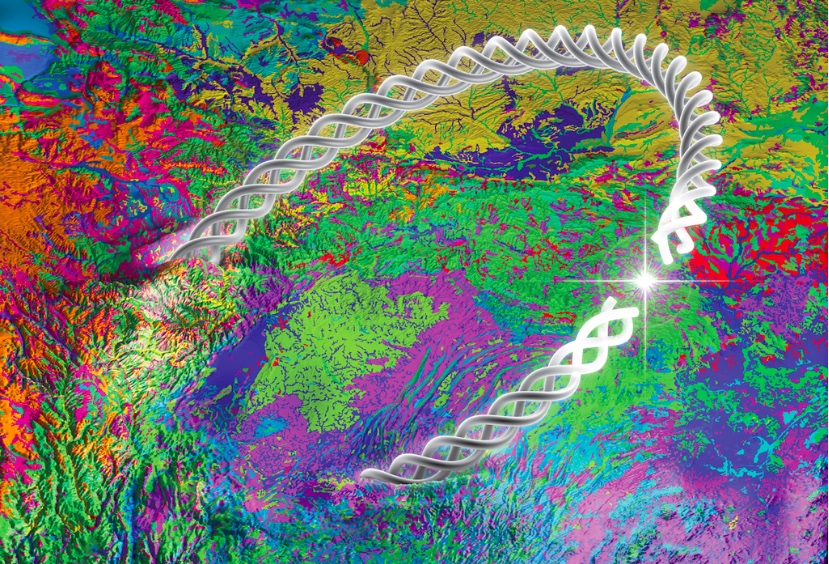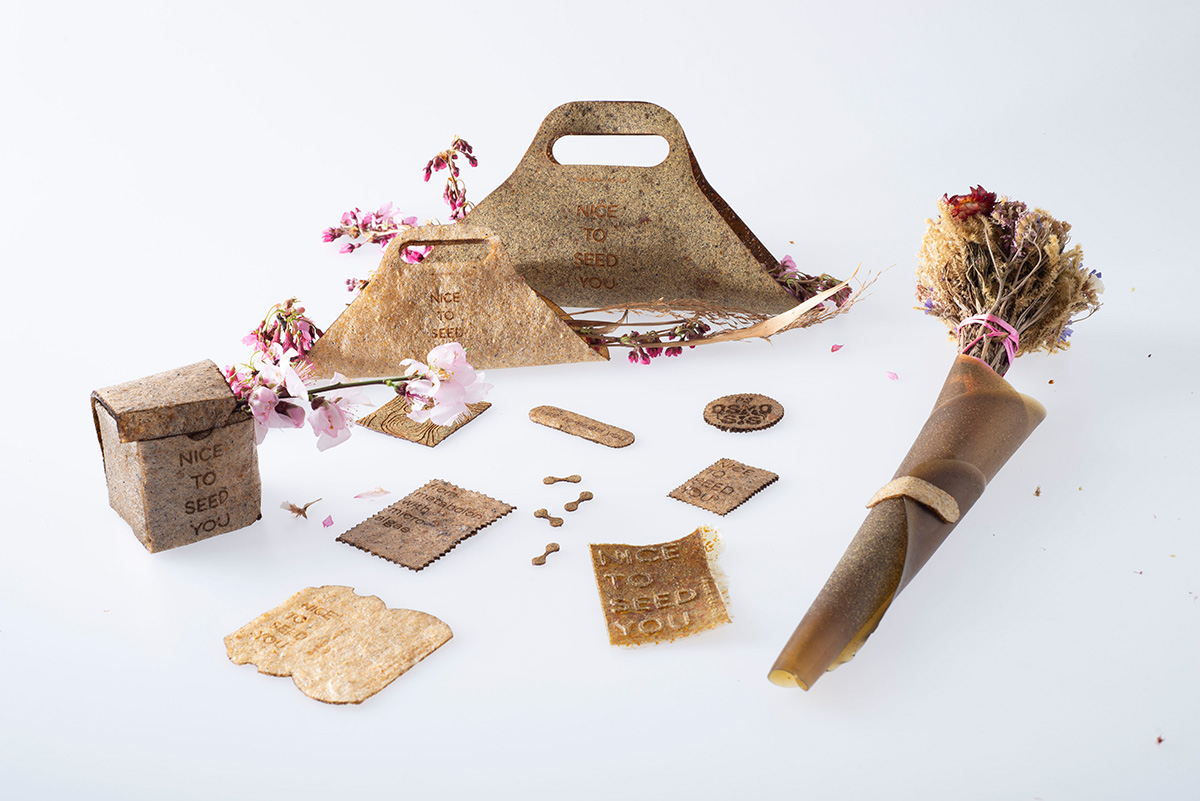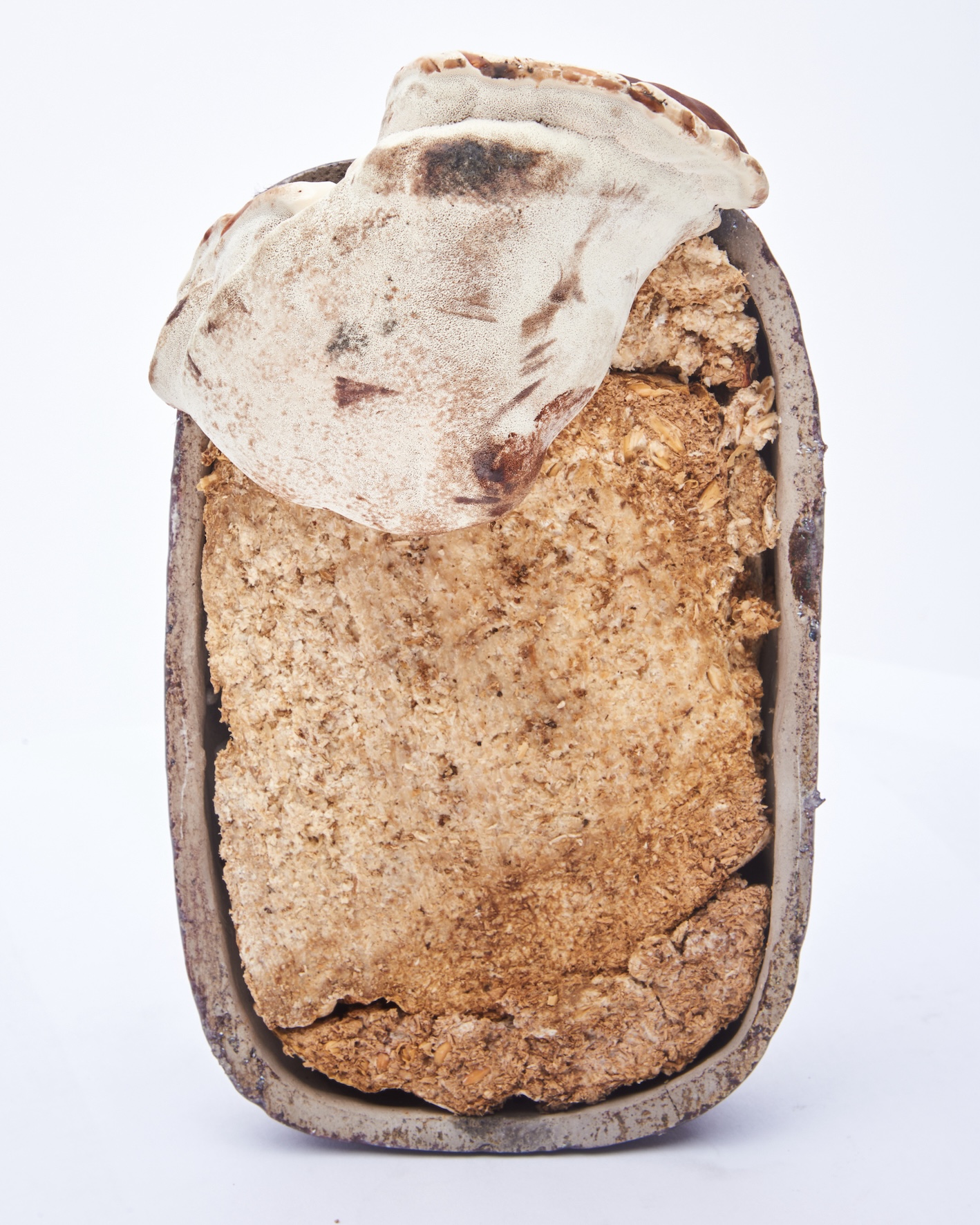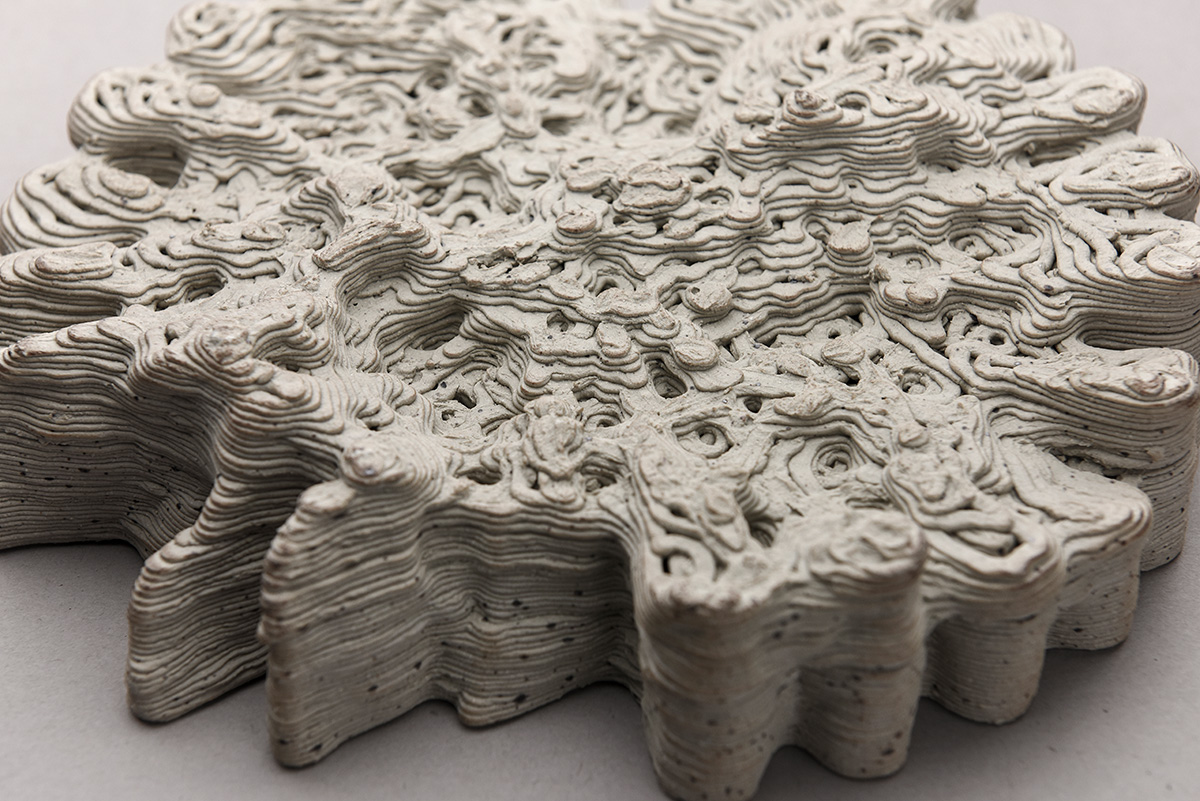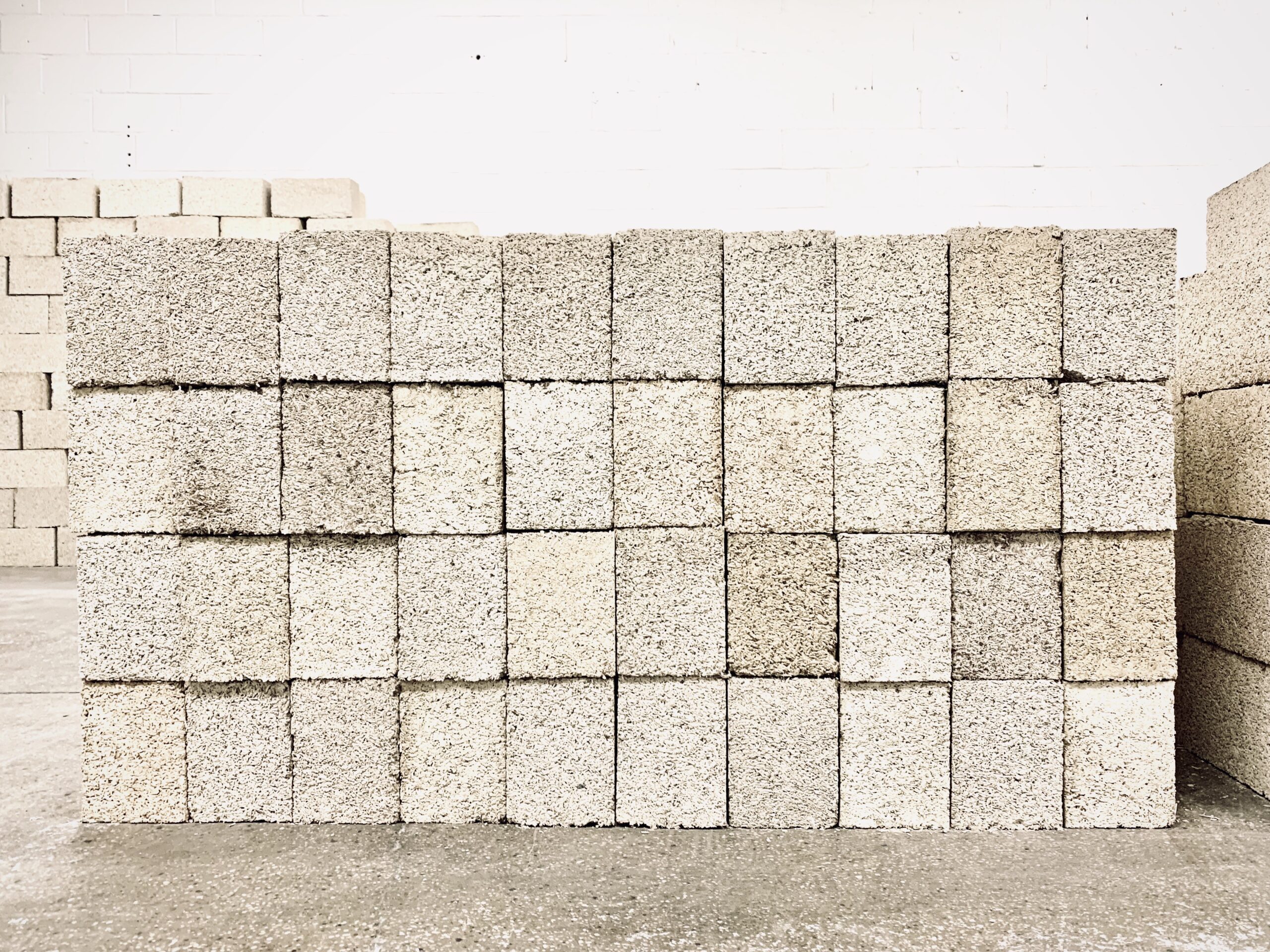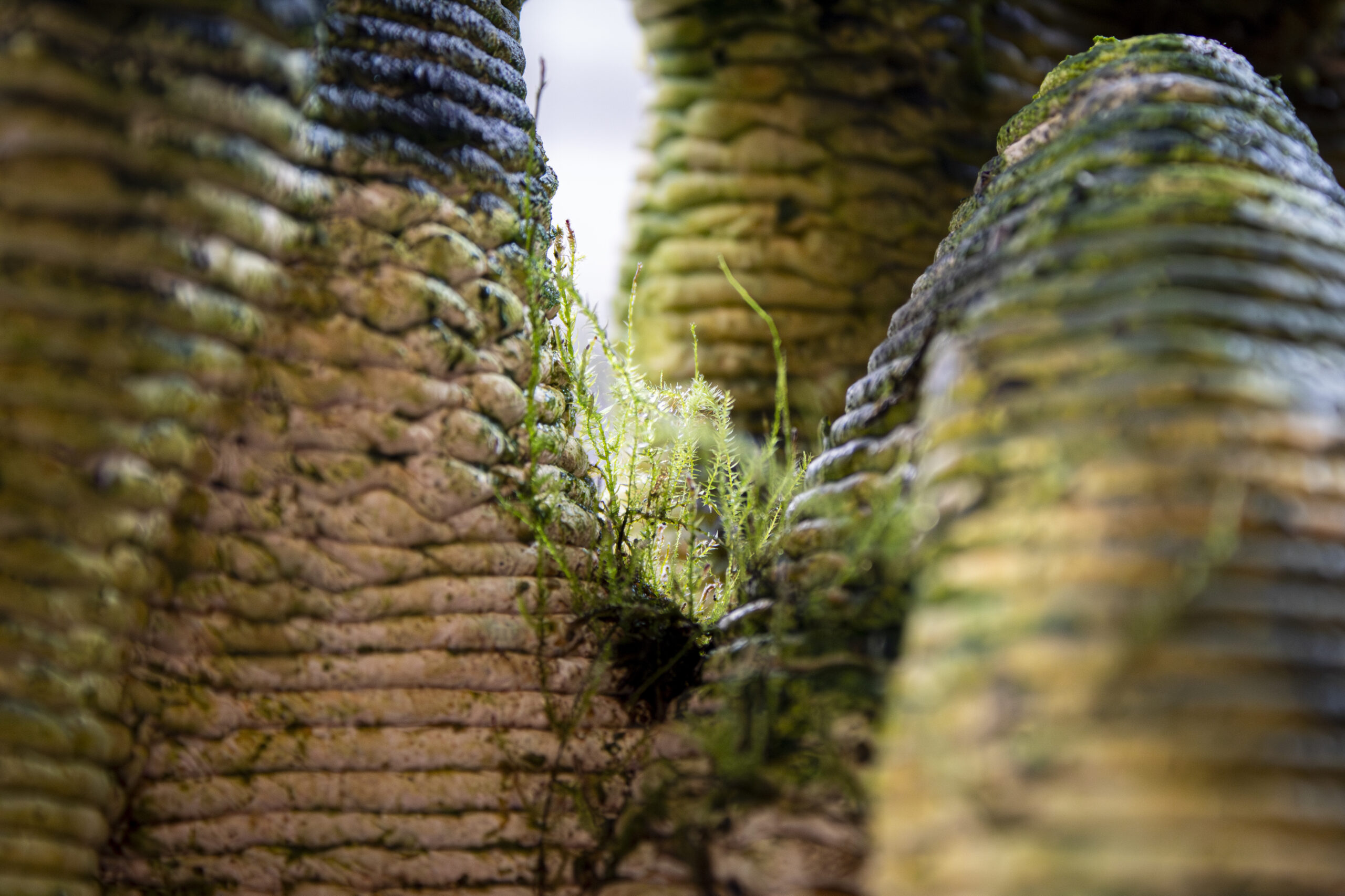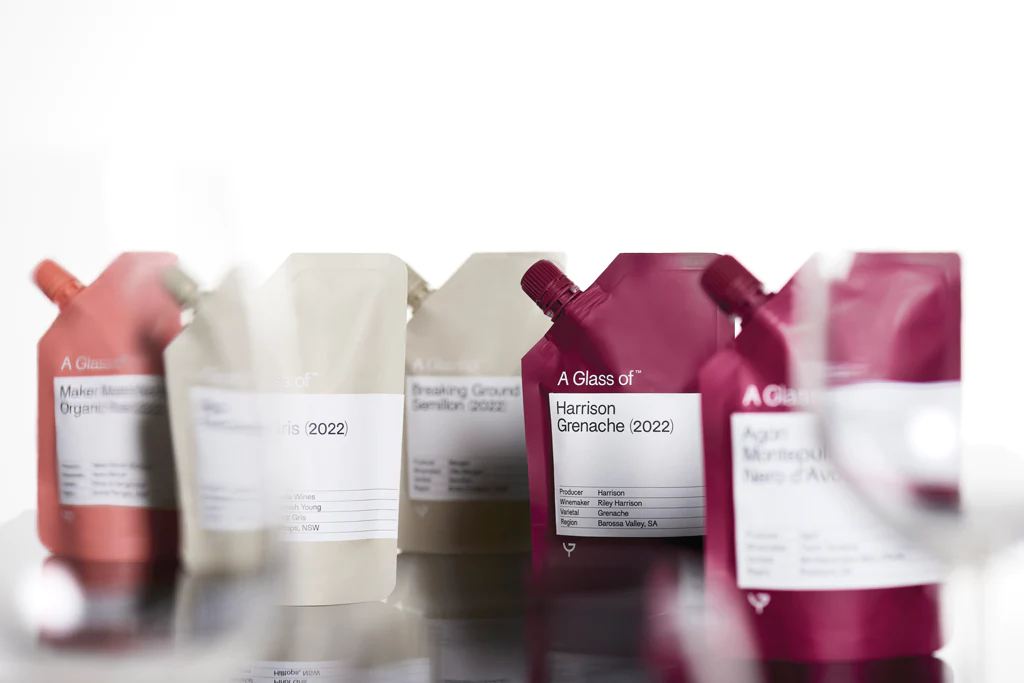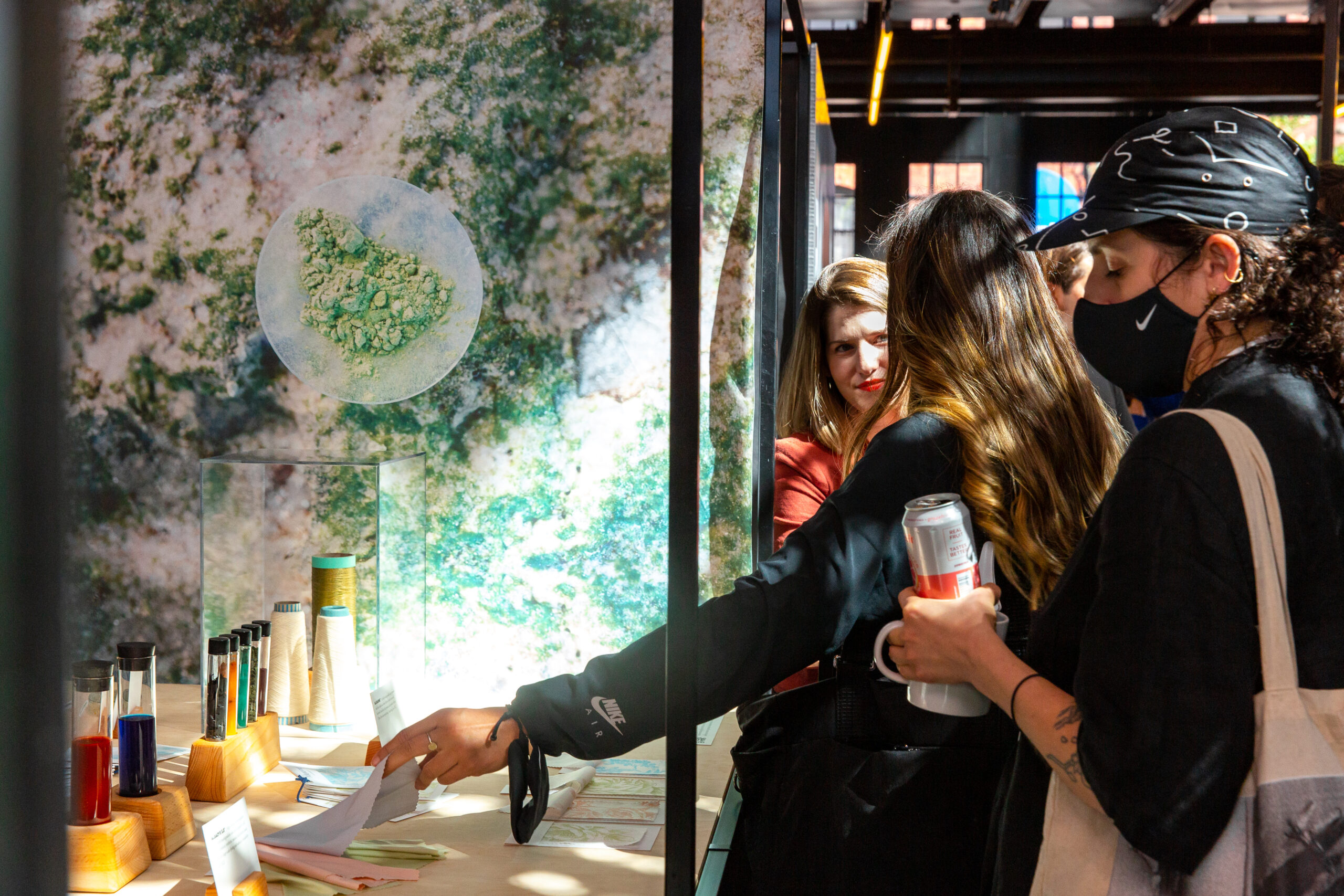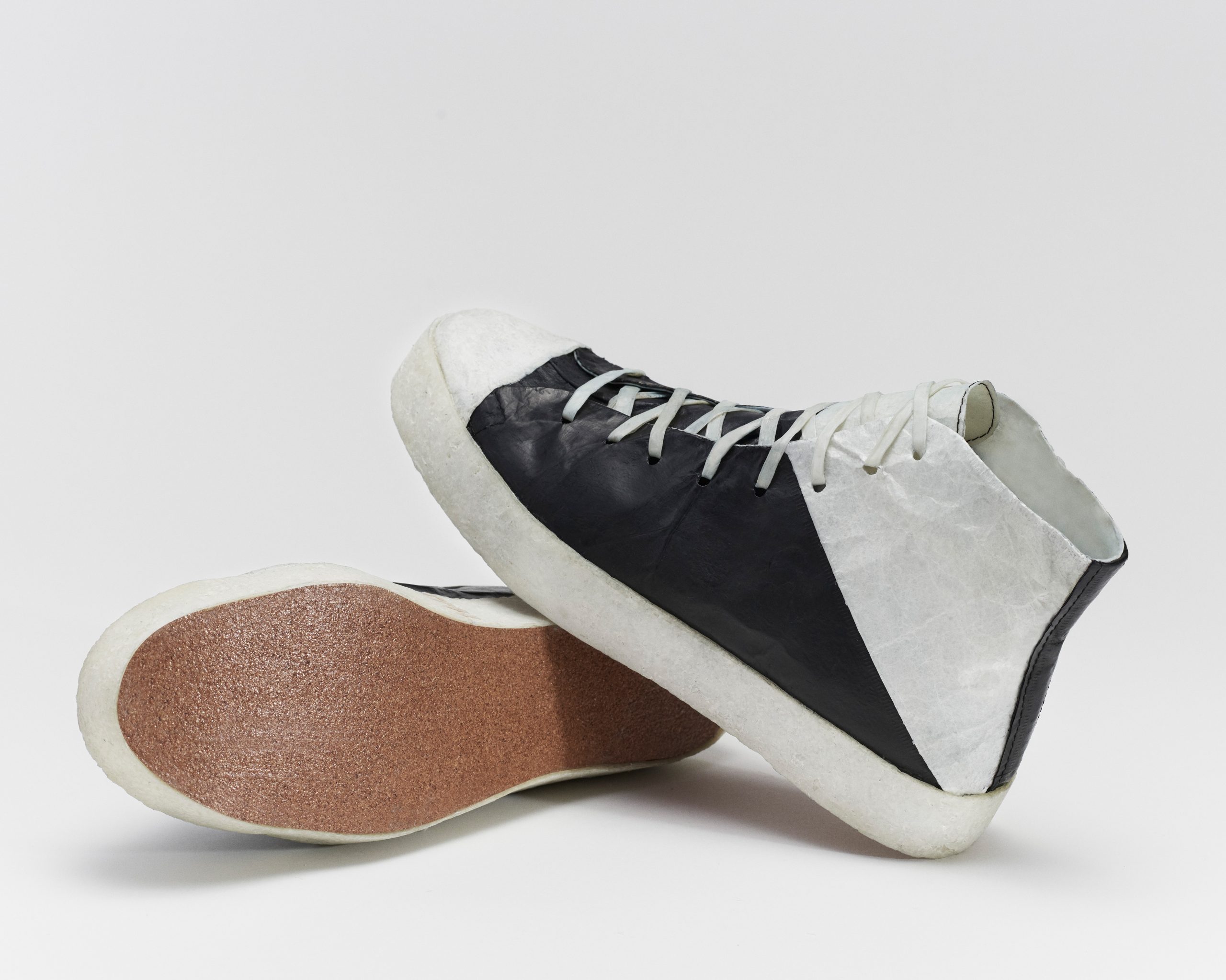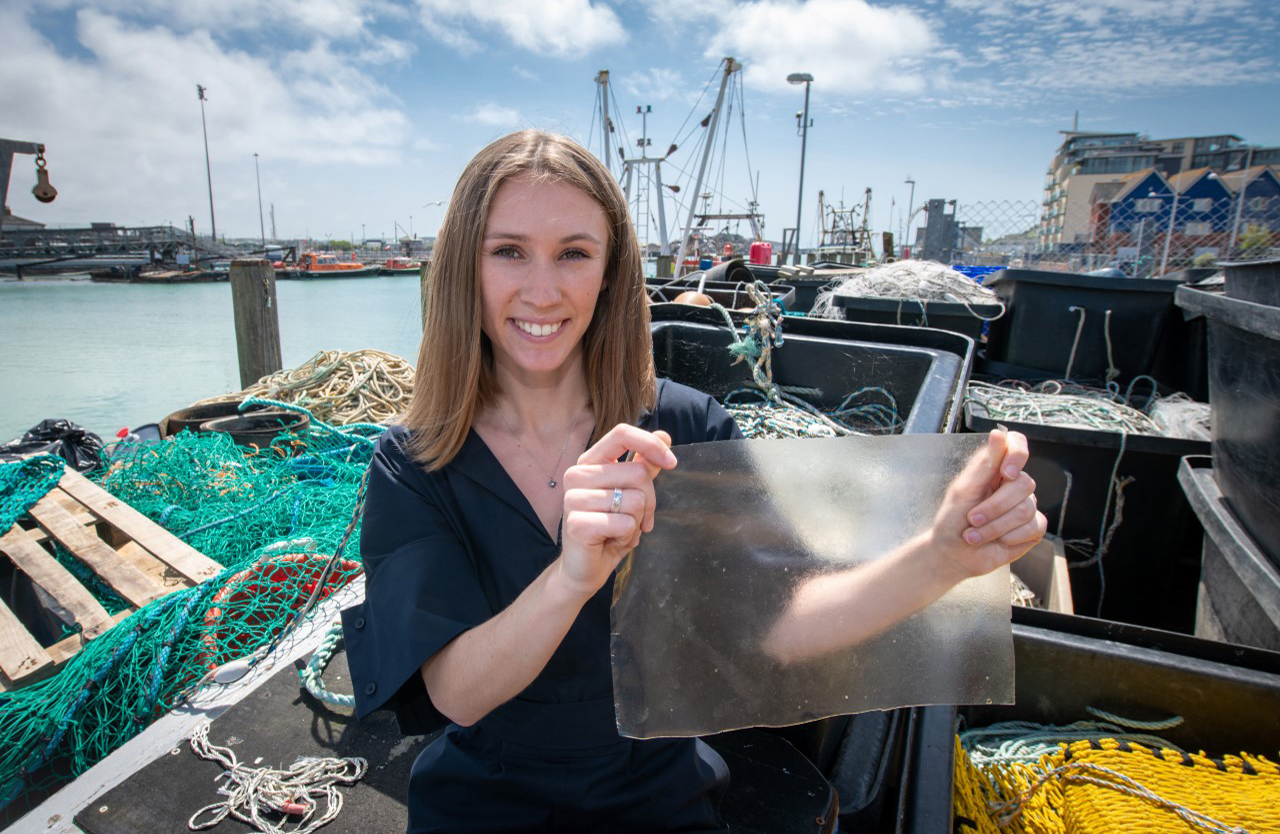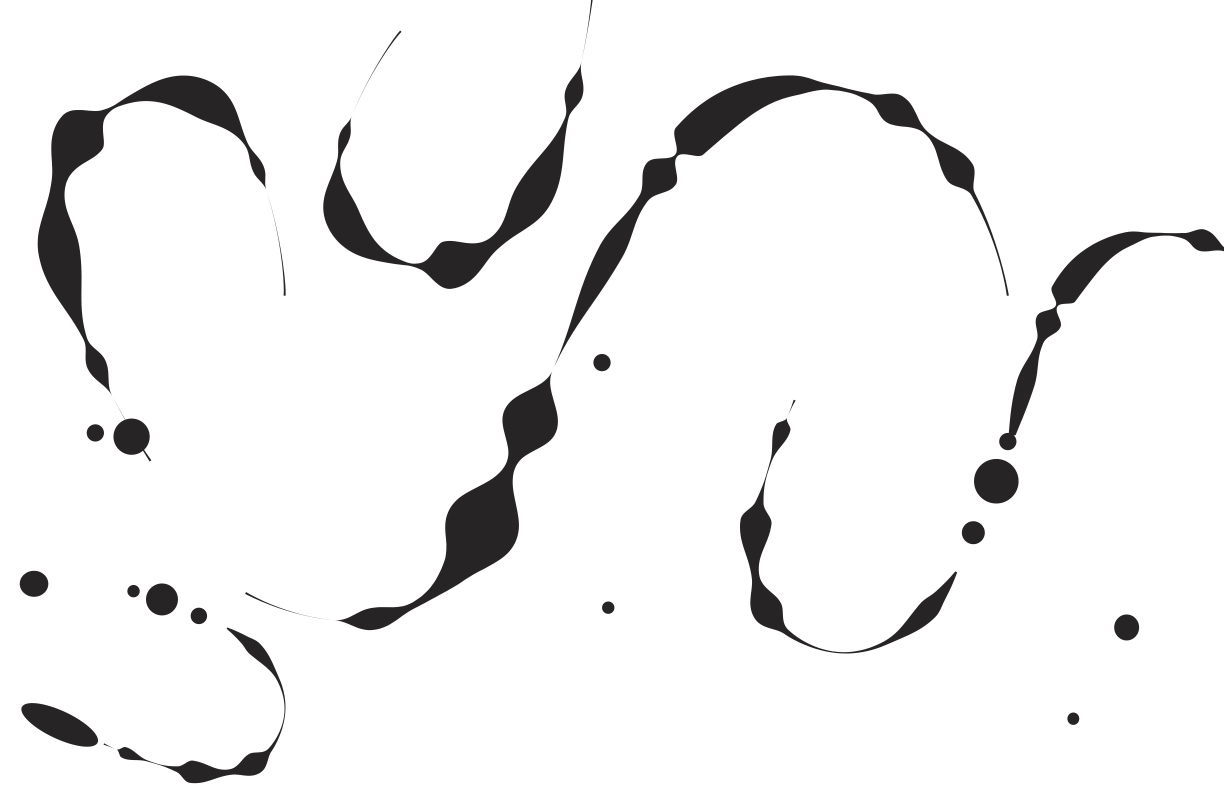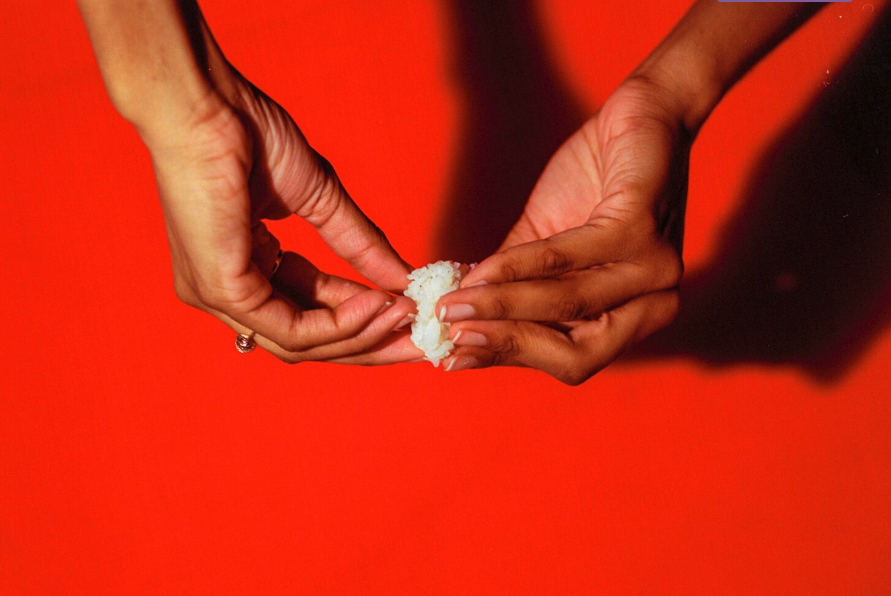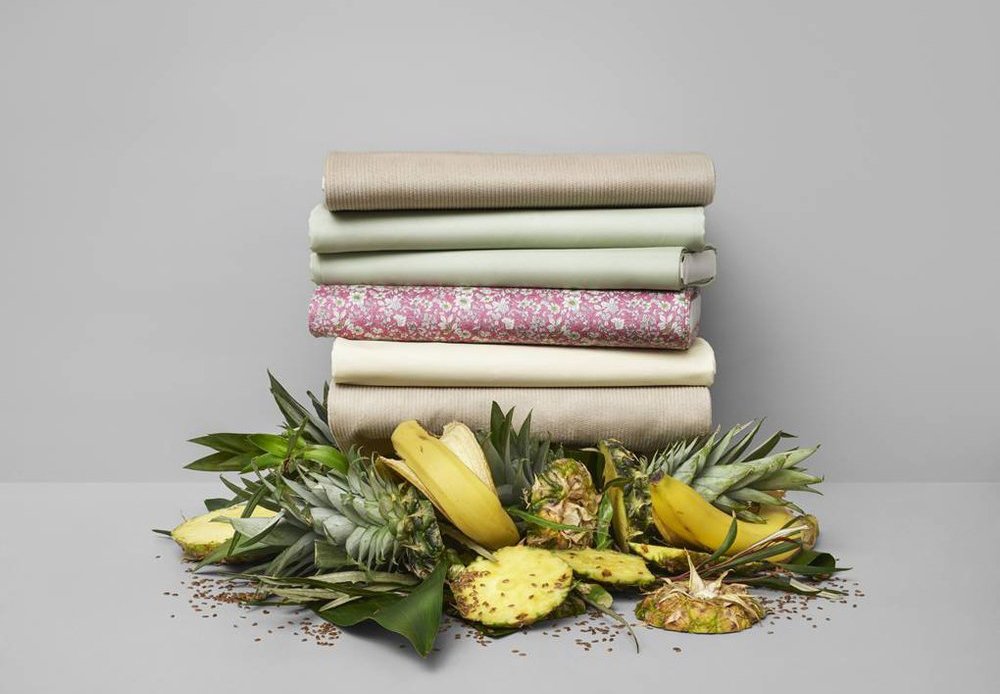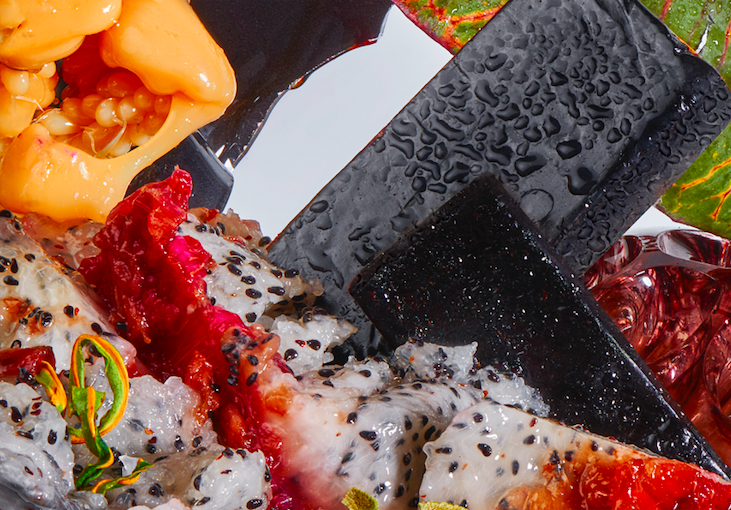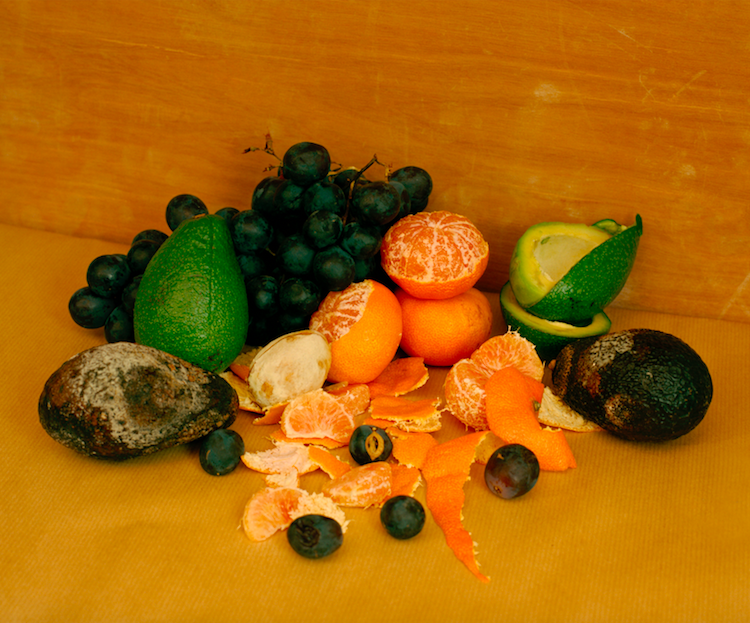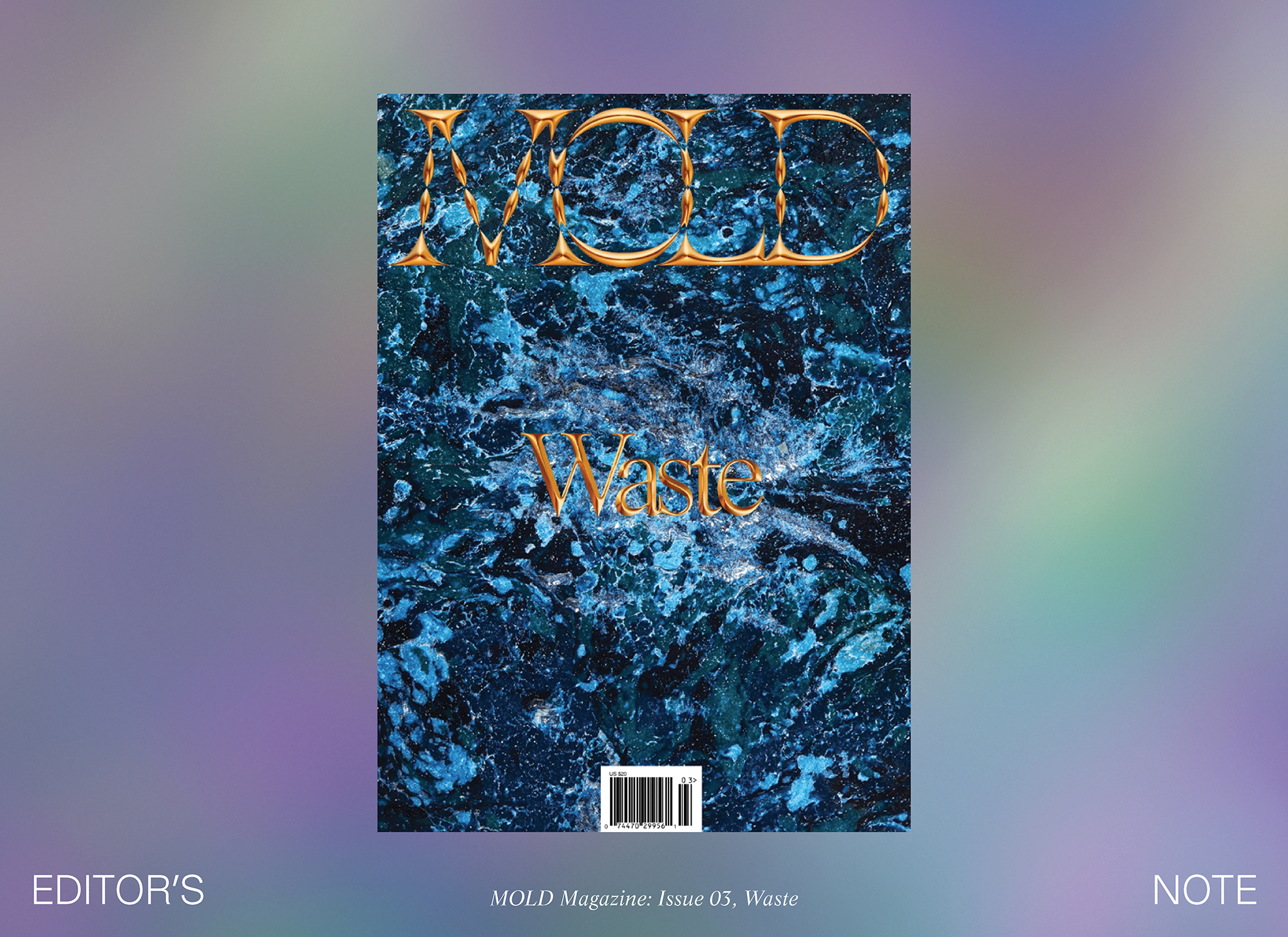This story is part of MOLD Magazine: Issue 03, Waste. Order your limited edition issue here.
As a designer, I often find inspiration in strange places—a sea shell; an empty parking lot; brick arches. Luckily, I’m not the only one who does this: I work within IDEO’s Design for Food studio where it’s common practice to use analogous inspiration to spark new outcomes and innovations. But I knew I had taken analogous to another level when I told my husband that soil had become my inspiration for our family.
I didn’t set out looking for a relationship metaphor. I was actually on a deep dive into the role that design can play in helping us get smarter about the global food system. As I dug, I came to see how soil represents the partnership, interdependence and purpose that can exist when all parts of a system are working together at their best. Soil is the source of so much life on our planet; each component has a role to play, and together those parts have the potential to create abundant goodness for everything in and around it.
Historically speaking, humans used to create and live in systems that, like soil, were closed- loop, circular systems. We made what we needed to survive and thrive, and we reused materials and goods until they were worn through. But somewhere along the way, through technological and engineering innovation, many of us lost our connection with the very things that enable us to thrive. We have come to understand abundance as success without considering the repercussions that this mindset has on our lives and the planet.
To be clear, the advances that have resulted from this shift aren’t all bad (many are positive and very impressive), but from a resource perspective, this linear mindset is completely unsustainable. Somehow, at the same time that we are making advancements toward colonizing Mars, democratizing gene editing, quantum computing, and beginning to understand the role of the microbes in health and wellbeing, we have allowed a major blindspot on waste and resources to develop—and worse, seem to have lost sight of our actions having consequences.
According to the United Nations, about a third of the food the world produces every year—1.3 billion tons—is lost during production or tossed by consumers, and North Americans are the worst offenders. The average American wastes enough food each month to feed another person for 19 days. Globally, 800 million people are undernourished, and in the United States one in seven people experience food insecurity. Astonishingly, at the same time, nearly one in two adults and one in six children around the world are considered obese. To make matters worse, this devastating spiral of waste, hunger and obesity is haunted by the environmental implications of the same system. Food waste alone accounts for about 21% of fresh water use in the United States, and generates about 8% of global greenhouse gas emissions. To put it another way, if food waste were measured as a country, it would rank third in the world for harmful emissions. And we are paying dearly for it. Globally, food loss and waste costs up to $940 billion per year. Not to mention the fact that by throwing food away rather than managing it as part of a nutrient cycle, we are stripping soil of its integrity to the point that it is becoming harder and harder to grow food in the first place.
In my work, we often reframe questions and ideas into “how might we” statements so that we can approach them as opportunities. We use design as an instrument to crack things open and connect with new perspectives so that we can unlock solutions. This was the approach we took last year with The Rockefeller Foundation, as we worked to uncover principles of a future with no food waste in it. How might we:
- Price food to accurately reflect its ecological and nutritional value?
- Measure and manage food as a precious natural resource?
- Ensure that all food gets consumed at the height of its nutritional value?
- Activate our networks to get precisely what we need from food—physically, socially, experientially, and psychologically?
- Make it both affordable and convenient to eat fresh food?
- Activate our networks to create value from food we’d otherwise waste?
- Embrace resourcefulness as a fundamental value of our food culture?
- Become insatiable, curious, and open minded about food?
These aren’t the only questions. They’re provocations and calls to action. The system is so complex and the challenge so enormous that we’ll need to continue to consider everything from habits and behaviors to industrial systems and packaging, in order to uncover how we might redesign the whole system. Science points to the power of nodal influences, or acupuncture points; you press in just the right spot, and it ripples across the whole system. That’s the type of design challenge that we’re faced with now: What are the inflection points that we need to press to affect massive changes in our waste behavior on a global level?
This is how I arrived at soil.
I am a mother with two little boys. By necessity I move fast, but I also deeply crave slow and meaningful connections. I think a lot about purpose and potential. About what it means to make things whole. For me, soil has become the inspiration for what a supportive ecosystem should be like, a love story I want my kids to learn from and the world to be inspired by. Soil represents a circular system. Many circles in fact. And it’s this web of circles that we need to design for so that we see the interconnectivity of it all—food, waste, nutrients, people and systems—and can, eventually, close the loop.
